Imagine opening a magic window that lets you to see back in time, with clarity! Portrait and View allows us to do just that. The Elias Everitt Photographic Collection of the San Bernardino County Museum is the source for these insightful glimpses into the world of Redlands, between 1897 and 1924. Taken from glass plate and film negatives that number in the thousands, these images represent just a sweet sample of the fascinating visual record of turn-of-the-twentieth century Redlands created primarily by the photographer Elias Everitt. His photographs of homes, commercial establishments, and special events around town are filled with rich detail that reveals much about life in Redlands during this almost thirty year period of growth, and change.
Portraits and Views: The Redlands Photographic Studio 1897-1924 has been made possible by generous donations from the Redlands Area Historical Society, Redlands Camera Club, Clara Mae Clem, Ron Running, and PrintProPlus.com.
All roads lead through San Bernardino. See a Mexican carreta, a covered wagon that crossed the Mojave Desert from Salt Lake City, a Wells Fargo stage coach, and horse-drawn buggies that featured in the discovery and development of Inland Southern California. The History Hall also contains special galleries that house changing exhibits .
Exhibits feature artifacts from the mountains, valleys, deserts, and rivers of San Bernardino County. Learn about the Mojave, Vanyume, Serrano, and Gabrielino tribes. Dioramas explore Pleistocene habitats in the Mojave Desert.
Changing art exhibits line the walls inside our geodesic dome, which is also used for lectures, meetings, and special activities. Please go to our events calendar for details.
An outstanding collection of mounted birds from inland Southern California, both residents and migrants. Specimens are arranged by habitat, so this exhibit is a great resource for identifying backyard visitors as well as the "little brown speckled guy" you saw on a picnic in the mountains. Eggs and nests are also exhibited. Hear bird songs through interactive exhibit panels. Birds from Baja California, Mexico, are also represented in this hall.
Fresh water and salt water habitat displays from the shores of California north to Alaska hold mounted specimens of water birds. Eggs and nests are also displayed, and bird songs may be heard through an interactive exhibit.
Sometimes it's art, sometimes it's programs . . . but there's always something going on in the upper level of our geodesic dome. Just outside in the hallway, don't miss our California Condor that died an accidental death more than 60 years ago and stands as a reminder of our vanishing wildlife.
Dioramas feature mammals of every persuasion: from a spectacular polar bear to a ubiquitous 'possum family. Reptiles, amphibians, and insects are displayed along the periphery of the hall, as are fossils as old as 16 million years and as young as the Ice Age. Curatorial offices, collections storage, and laboratory spaces in the lower level are accessible by appointment only.
The Exploration Station is the museum's popular live animal and nature gallery. Here you can come face-to-face with an exotic animal, or perhaps one that lives in your own back yard. Our goal is to promote awareness of the other inhabitants of our world by revealing where and how they live. Some very strange and interesting creatures await your visit. Touchable natural history specimens, books, art objects, and exhibits complement your experience in this wonderful world of animals.
The health and safety of our resident animals is a priority in the Exploration Station. Staff members determine how and when animals will be available for contact with visitors. The Exploration Station is open Tuesday through Friday from 10 A.M. to 1 P.M. and 1 P.M. - 4 P.M. on Saturday and Sunday.
The Museum is surrounded by citrus groves, and orange blossoms perfume the air. Visit the Zimmerman Citrus Kiosk to explore our citrus heritage. See a Southern Pacific locomotive and a Santa Fe caboose. A series of outdoor exhibits present the history of mining in the county, with authentic equipment including mine cars, generators, and a head frame. Lumber wagons, a water wheel that generated the first electricity in the city,and more large-size surprises are displayed on the Museum grounds. Don't miss the native plant garden outside the Exploration Station, the Sonoran Desert cactus garden at the Museum entrance, with the Mojave Desert garden alongside. Picnic tables and lawn are also available.
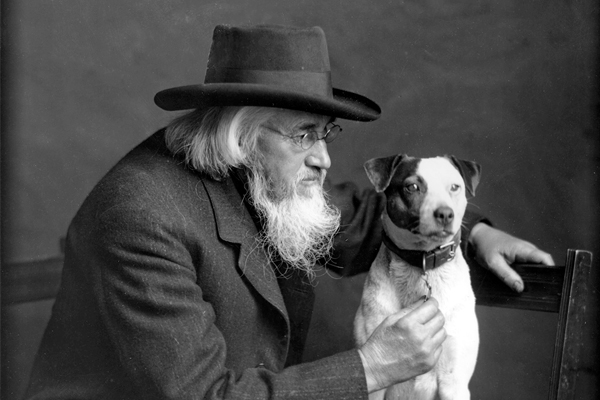
Portrait and View - Elias Everitt and Tipper (1908)
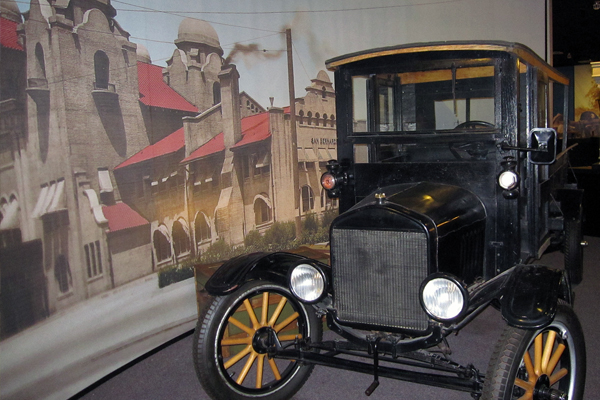
Crossroads In History - Depot Hack
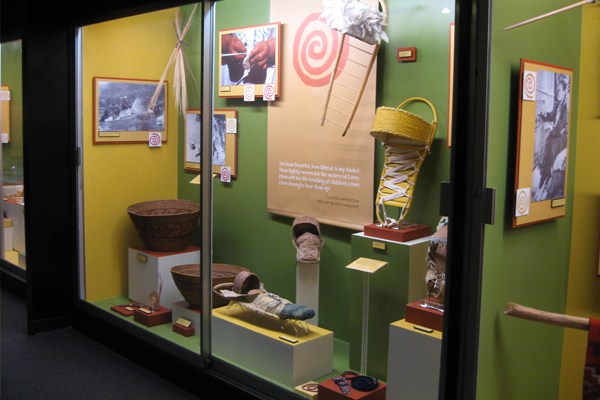
Gerald A. Smith Hall of Anthropology

John Belcher North American Mammal Hall - Bobcat and Pigeons?
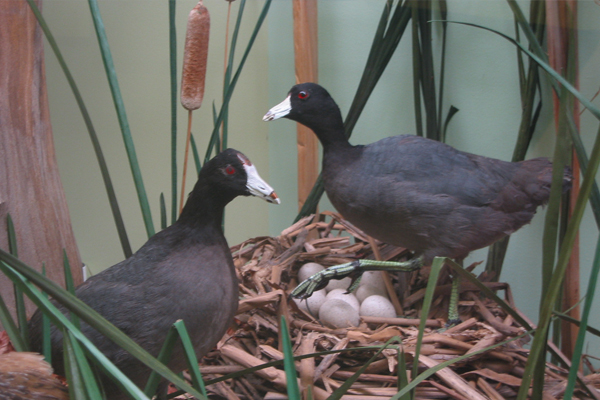
Land Bird Hall - Moor Hens

Exploration Station
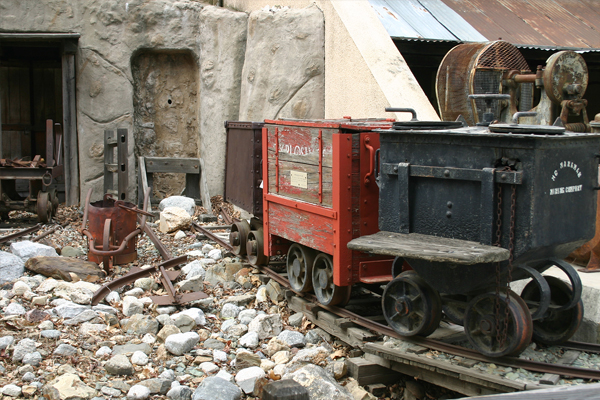
Outdoor mining exhibit
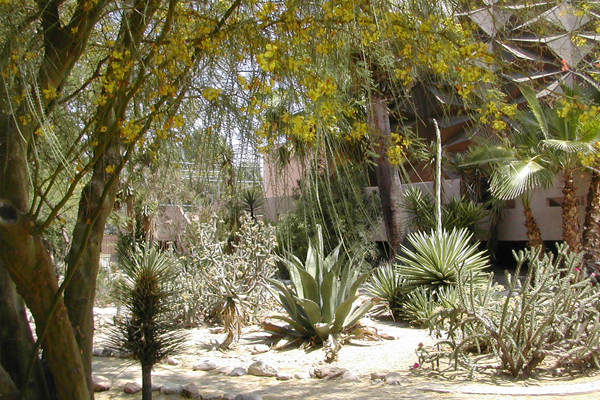
Desert Garden